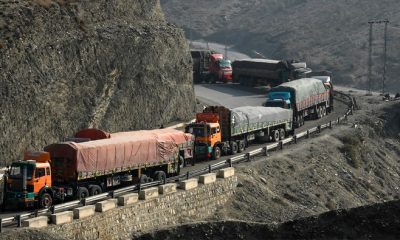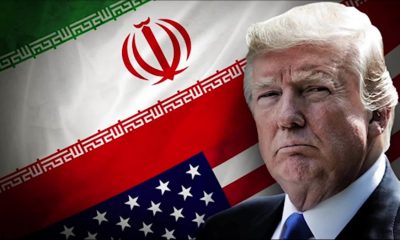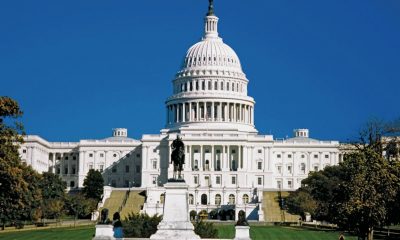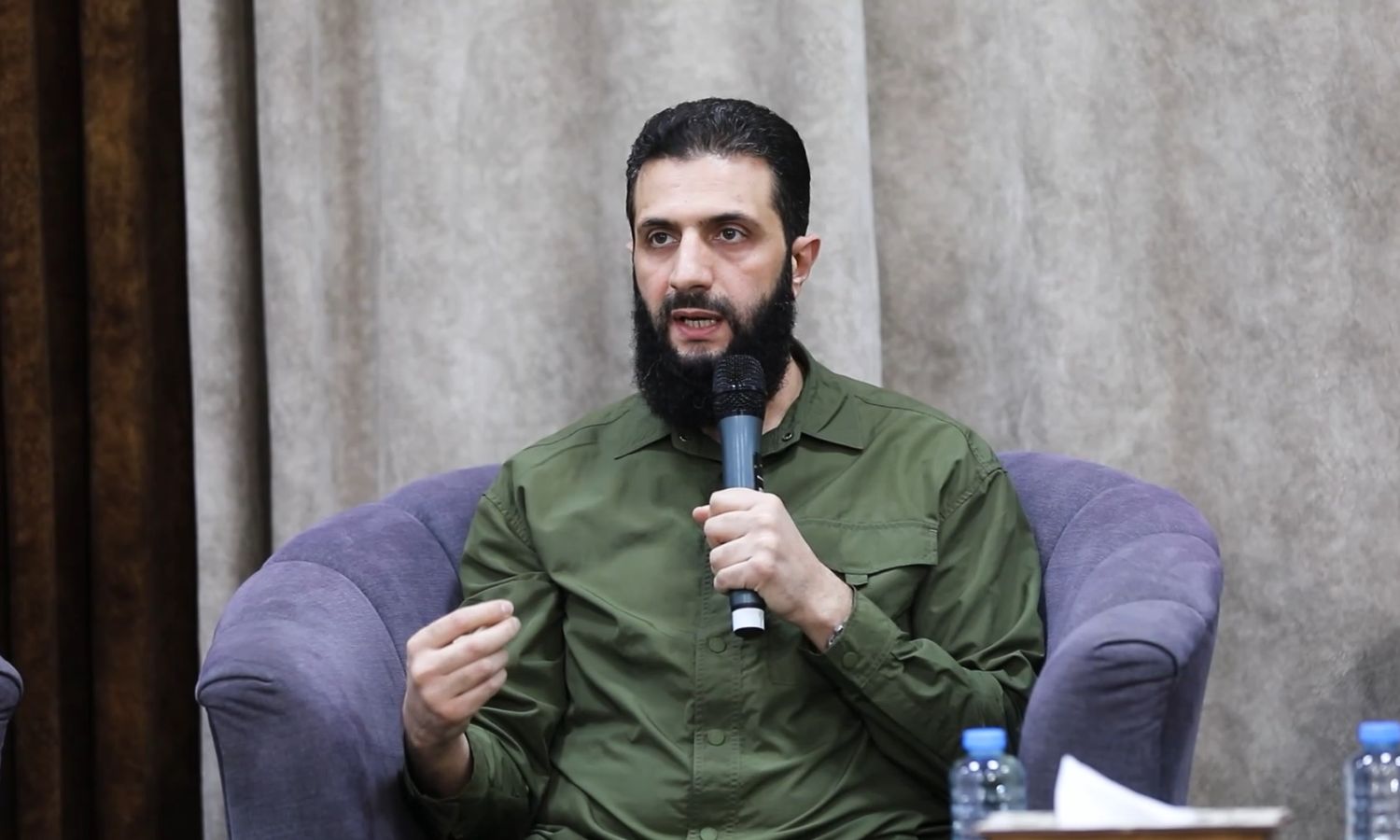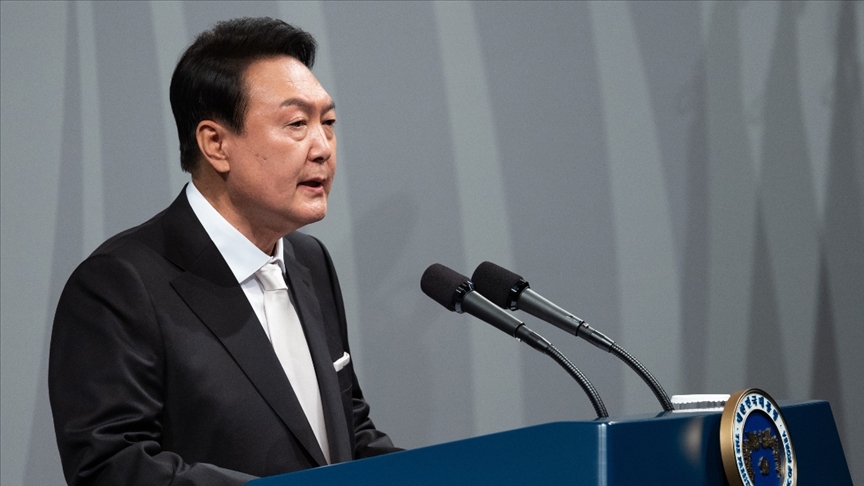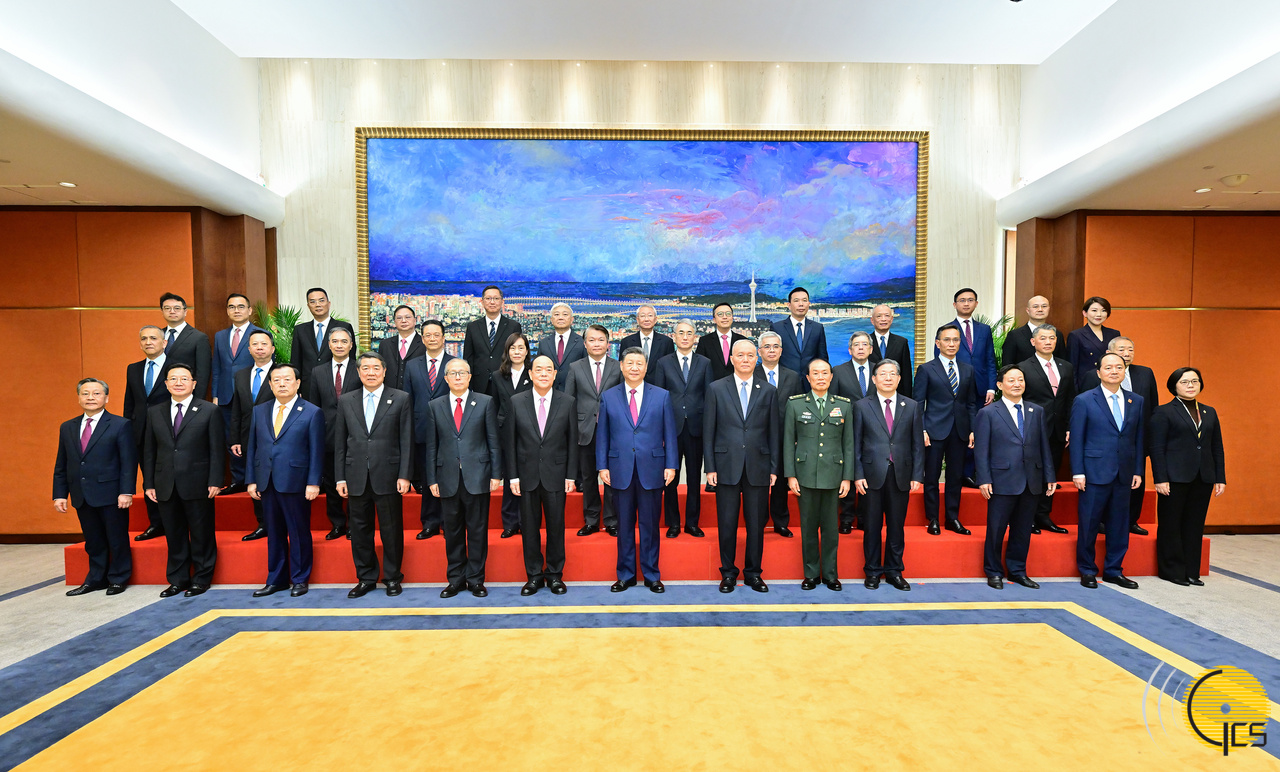Saudi Arabia and Iran have been able to open a new chapter in their relations. They have made lots of efforts to normalize ties and this could not be done without China’s support. The two countries agreed on several fronts under the agreement brokered by China. The sole aim behind the agreement is to help bring peace and economic development in the Middle East. The two sides agreed after four days of meeting in Beijing last month, and since then many more engagements were done. There were also some high-level meetings on top leadership of the two countries.
China has managed to come to the fore with a positive engagement and end hostilities between the two Middle East powers. Relations between the two hit a wall for many years and further hit an impasse when Saudi Arabia cut ties with Iran in 2016 after its embassy in Iran’s capital Tehran came under attack. Iranian violent protestors stormed to the embassy’s compound amid a dispute over Riyadh’s execution of a Shiite cleric.
There were several other issues that popped up between the two nations, but now there is a consensus reached between them and they are trying to work on the future.
Saudi and Iranian FMs meet in China
The foreign ministers of the Mideast Gulf rivals Saudi and Iran met in Beijing today, where the Chinese envoy was there and seemed still mediating between them to further normalize ties.
In a video footage, the China Foreign Minister Qin Gang met with his Saudi and Iranian counterparts and three official’s handshaked with the flags of their countries in the backdrop.
In a tweet message, Iran’s foreign ministry confirmed the meeting and posted photographs of the two leaders seated in wide armchairs, chatting and smiling. The meeting between Saudi’s Farhan and Iran’s Abdollahian was the first to be held between them in seven years. In March, the two countries agreed to restore ties and reopen foreign missions under a deal brokered by China.
Saudi and Iran agree to reopen embassies
The two countries agreed to reopen their diplomatic mission during the agreed period, a joint statement said without specifying the date. During the Beijing meeting, they also agreed to work on several other fronts and expedite efforts on fully normalization of ties.
Farhand and Abdollahian also agreed to “continue coordination between the technical teams on both sides to discuss ways to enhance cooperation between the two countries, including the resumption of flights, mutual visits by official delegations and the private sector, and facilitating the granting of visas to citizens of the two countries,” Laprensalatin reported.
The Iranian Press TV also reported that both parties stressed the importance of the official restoration of ties and discussed steps to reopen embassies in Tehran and Riyadh. They also agreed to open foreign missions in the Saudi’s city of Jeddah and Iran’s city of Mashhad.
Restoration of ties was long needed
It is really nice to see that finally two Islamic countries are becoming friends, said a Saudi journalist. “We knew this would happen one day and we no longer go under the influence of the US. What is important at the moment is to restore ties with our neighbors and regional countries in the first place,” he said.
Saudi and Iran have huge potential to work on different areas, he told Harici on condition of anonymity. “Our government (Saudi) is working hard to restore ties with rival countries, and this is a great policy. We should be happy and we must balance our ties with the world,” he said.
My understanding is that we were restricted in our foreign policy, according to him, who says that Saudi should think for its national interest first.

Saudi and Iranian foreign ministers held first one-on-one meeting in Beijing today (Thursday)
The governments of Saudi and Iran should have acted wisely from the day one when relations reached the peak, he said. In 2016, Iranian protestors stormed Saudi’s missions in Iran following Saudi Arabia’s execution of a popular Shia cleric Nimr al-Nimr. Since then, the two countries failed to reach an agreement to help restore their ties.
“If it was not about China’s mediation, Saudi and Iran would have not been able to resolve diplomatic disputes,” he said.
China’s Qin also held a working luncheon in honor of Farhan and Abdollahian and during the luncheon; the three sides discussed ways to enhance cooperation in many fields and work to enhance the security, stability, and prosperity of the two countries.
One-on-one meeting
Farhan and Abdollahian held their first one-on-one meeting in Beijing, and pictures from the meeting’s venue showed the two ministers exchanging talks and laughs before going into an official talks session.
In the video footage, Abdollahian was heard expressing inconvenience of making the long trip from Tehran to Beijing, while Farhan responded by saying that the trip from Tehran to Riyadh won’t take more than two hours, according to Saudi Gazette.
The two officials also discussed ways to strengthen bilateral relations in different areas and agreed to work on implementation of the agreement signed in Beijing.
While praising China for hosting the meeting, the two sides expressed their aspiration to intensify the consultative meetings and to take immediate steps to achieve more positive results from the meetings.

 EUROPE1 week ago
EUROPE1 week ago
 OPINION2 weeks ago
OPINION2 weeks ago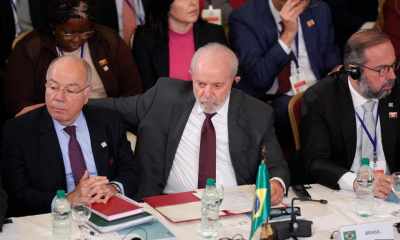
 OPINION1 week ago
OPINION1 week ago
 DIPLOMACY2 weeks ago
DIPLOMACY2 weeks ago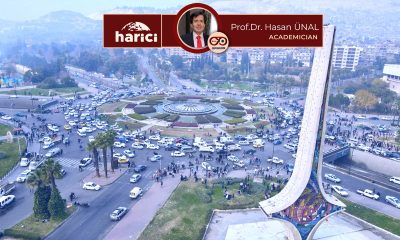
 OPINION2 weeks ago
OPINION2 weeks ago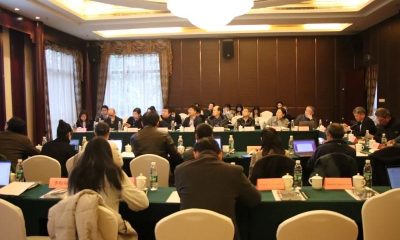
 ASIA1 week ago
ASIA1 week ago
 MIDDLE EAST1 week ago
MIDDLE EAST1 week ago
 MIDDLE EAST2 weeks ago
MIDDLE EAST2 weeks ago



